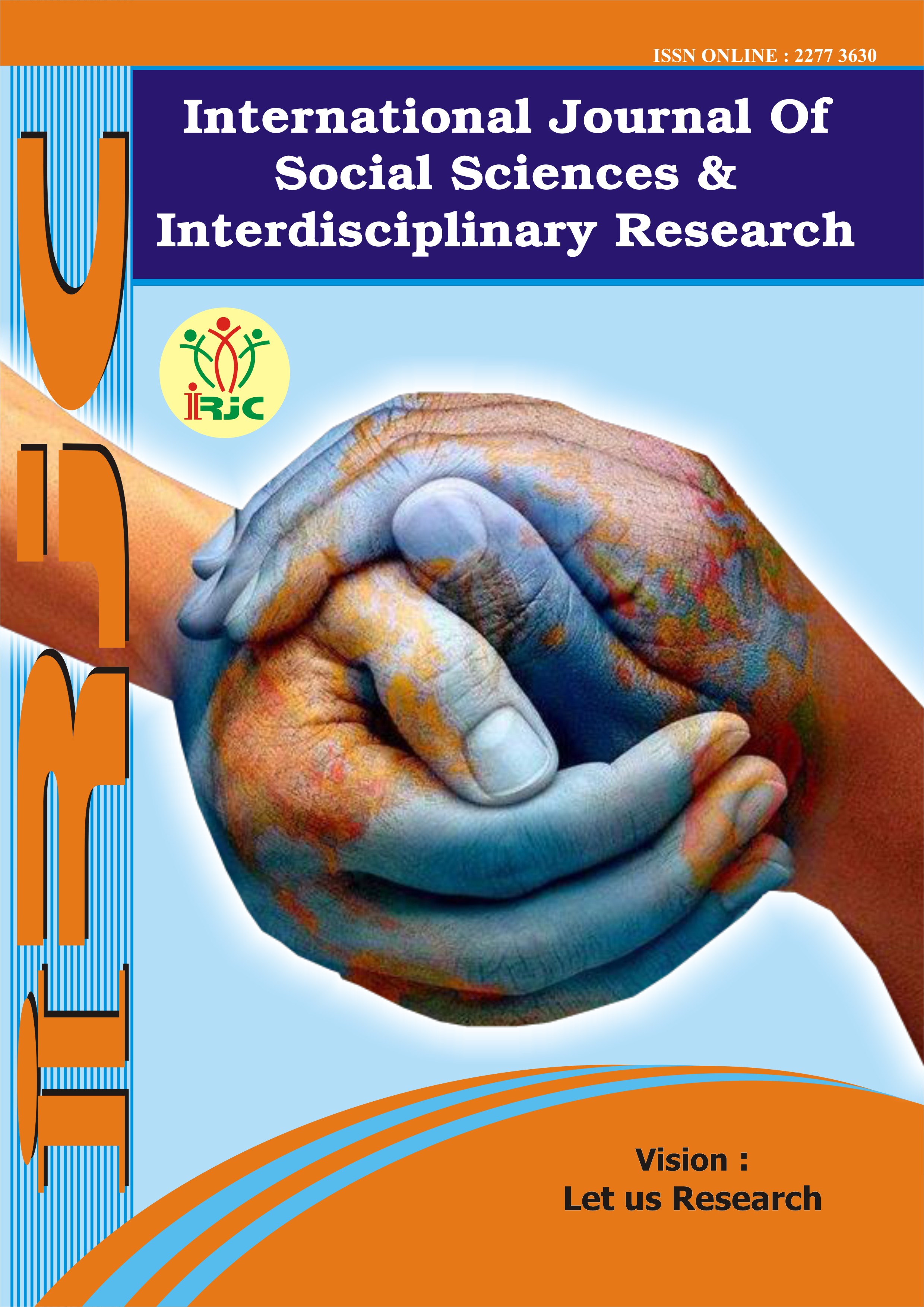ABUL HASAN OMIRI'S ROLE IN THE DEVELOPMENT OF MUSLIM COMPARATIVE THEOLOGY
Keywords:
Abul Hasan Omiriy,Abstract
The history of the origin of world religions, the doctrine, and the study of differences, and similar aspects between them are considered of pressing issues of today. This is caused on the one hand by an increase in interest, and on the other by the demands and needs that have arisen in the process of globalization. Because establishing a friendly relationship between religions and their representatives with a unique place on a global scale, the formation of the principle of interreligious and interethnic tolerance constitutes one of the main conditions for ensuring international peace. From this point of view, a comparative analysis of all religions performs its own functions. Comparative theology, today, has become one of the main directions in the field of theology. However, it should be noted that the formation of it as a science and the period in which it appeared is one of the most controversial issues among Western and Eastern theologians.
References
Нигматов, Х., & Турсунбаев, Б. Х. (2017). Методика расчета радиуса атома водорода и других элементов таблицы Менделеева. Инновации в науке, (8 (69)), 17-19.
Kh, N. To a technique of maintenance of information safety in networks and systems of telecommunication. Tretya Mejdunarodnaya sentralno-Aziatskaya konferensiya. Na angl. yazike ICI-2007 i ITRA-2007 g. Parij.
Нигматов, Х., Турсунбаев, Б. Х., & Турсунбаев, Т. Б. (2020). НОВАЯ ИНТЕРПРЕТАЦИЯ РЕЗУЛЬТАТОВ ЭКСПЕРИМЕНТА ПО ВИЗУАЛИЗАЦИЮ СТРУКТУРЫ АТОМА ВОДОРОДА. Евразийский союз ученых, (7-2), 64-68.
Downloads
Published
How to Cite
Issue
Section
License
Copyright (c) 2023 GEJournals

This work is licensed under a Creative Commons Attribution-NonCommercial-NoDerivatives 4.0 International License.





